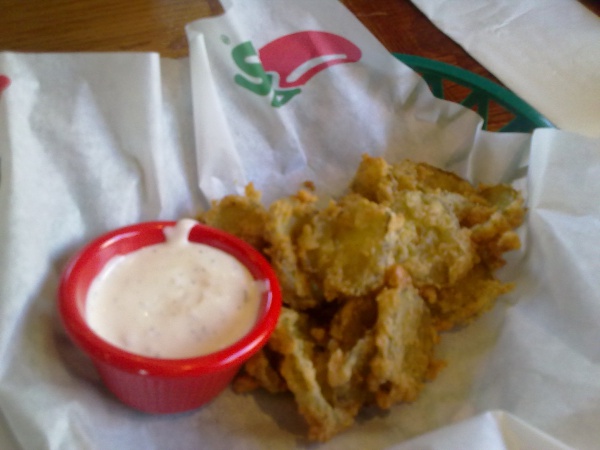Facts About Blue cheese dressing
Blue cheese dressing is a beloved condiment in the United States, widely enjoyed as a side sauce, salad dressing, or dip. This creamy indulgence typically combines blue cheese, mayonnaise, buttermilk, sour cream or yogurt, milk, vinegar, onion powder, and garlic powder. An enticing variation known as blue cheese vinaigrette uses salad oil, blue cheese, vinegar, and seasonings. These dressings are readily available in supermarkets and restaurants and are commonly paired with Buffalo wings or fresh vegetables.
However, maintaining the freshness and safety of blue cheese dressing can be challenging. One frequent issue is the separation of water and oil, which occurs when the emulsion is unstable. Another concern is microbial spoilage. Research has identified microorganisms such as Saccharomyces bailii and Lactobacillus fructivorans as potential spoilage agents. Lactobacillus fructivorans is particularly problematic, as it can thrive in the acidic, low pH environment of blue cheese dressing, even in the absence of oxygen.
To ensure your blue cheese dressing remains delicious and safe to eat, it's essential to store and handle it properly. This diligence will help prevent spoilage and preserve the dressing's delightful flavors.

 Germany
Germany